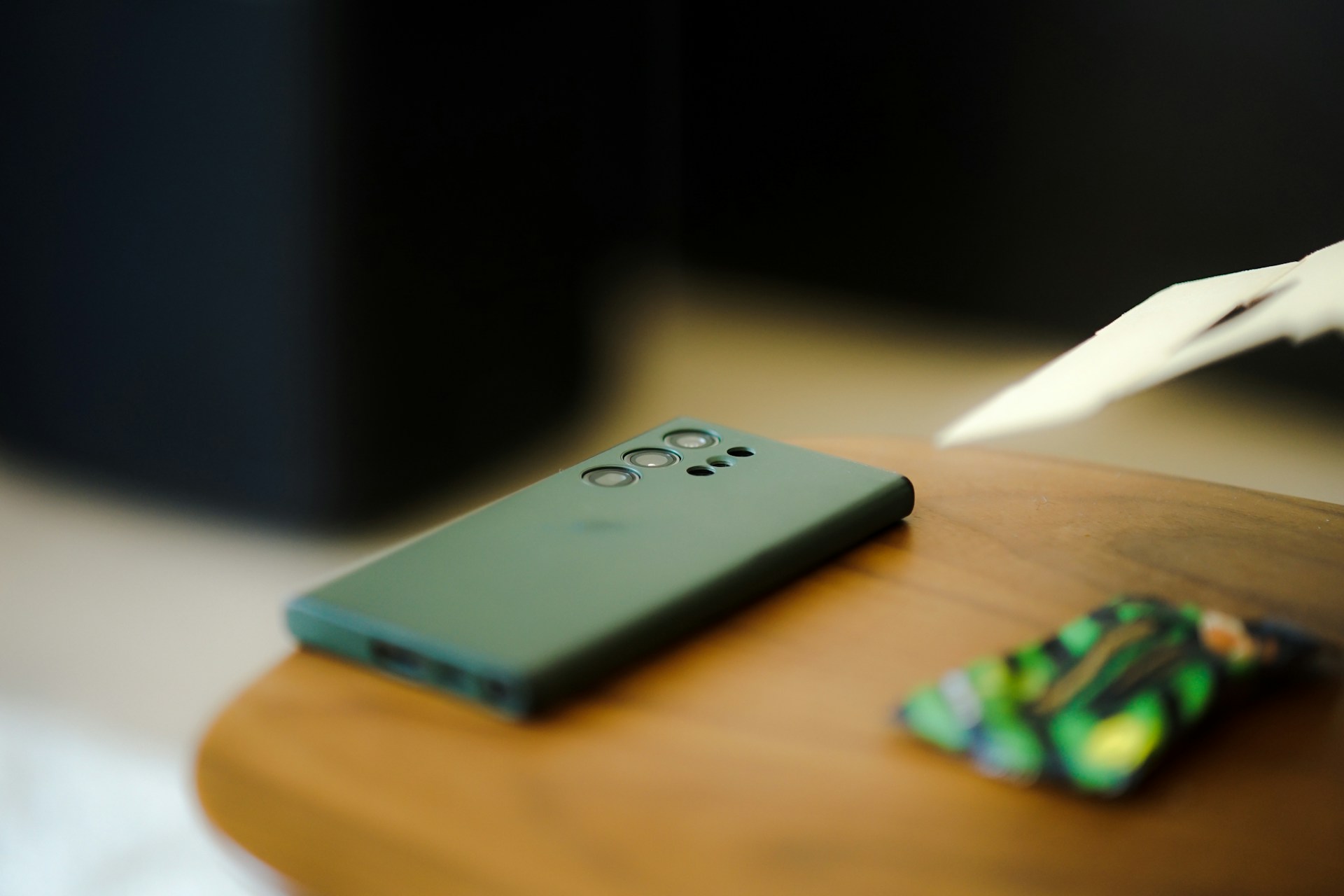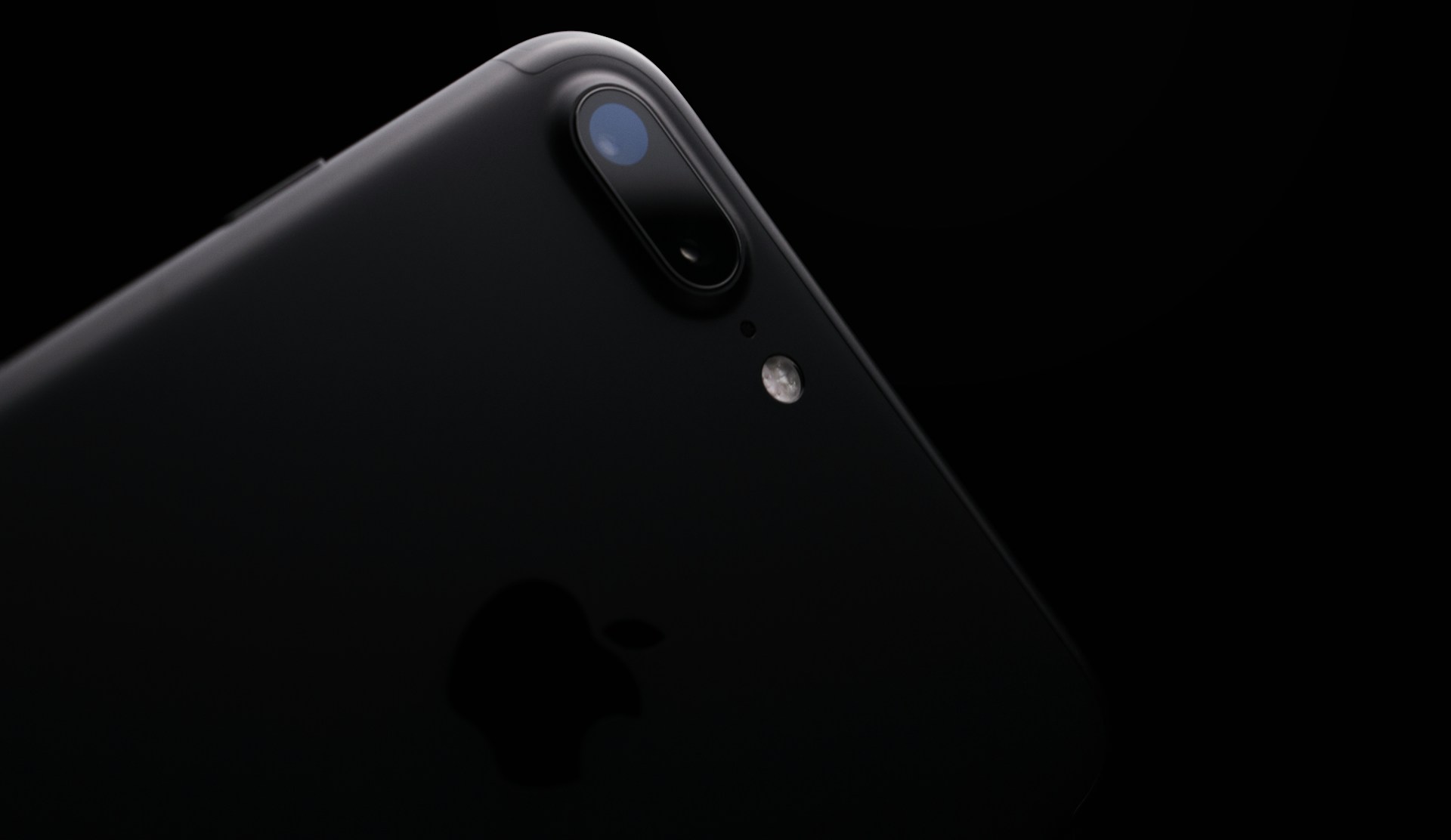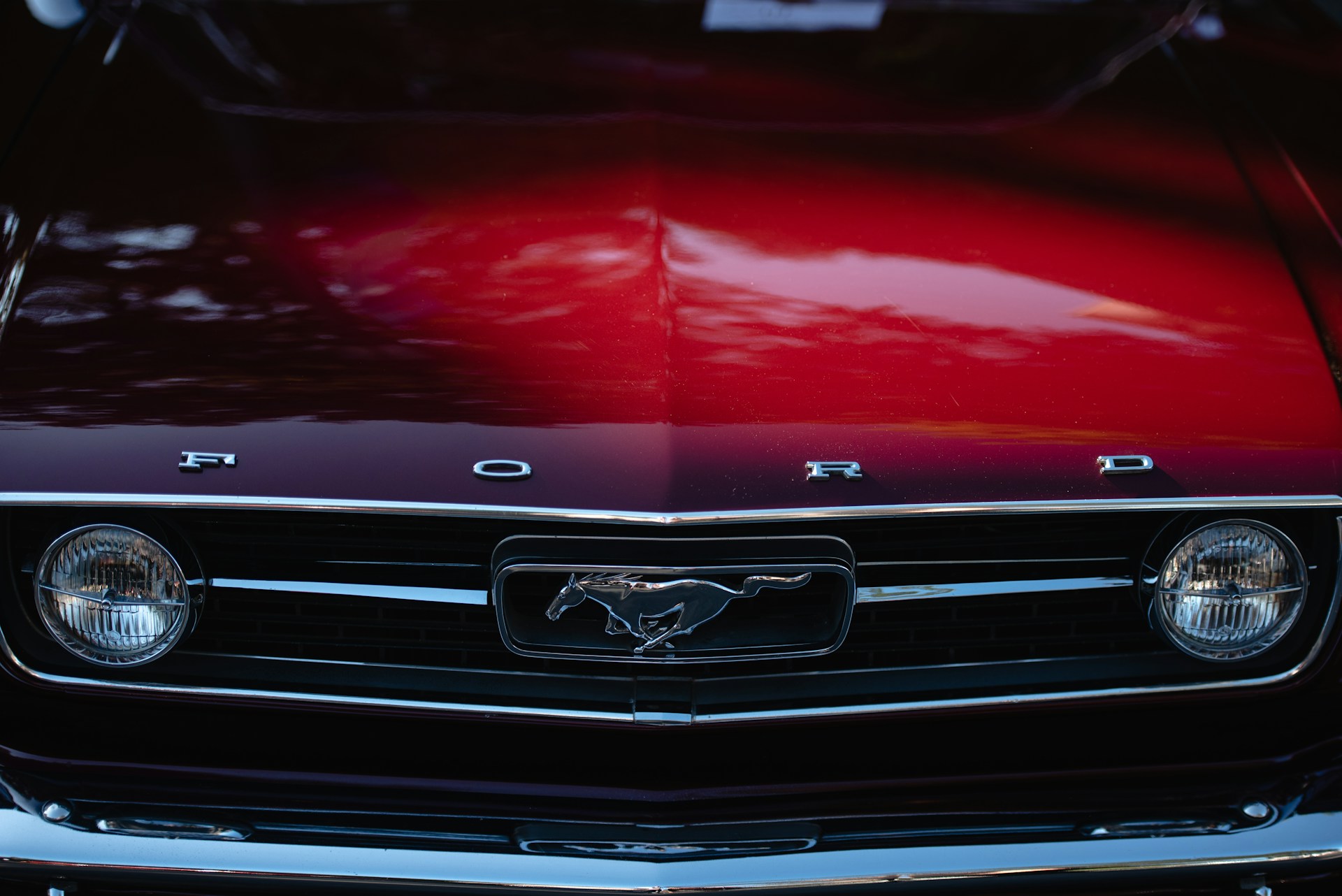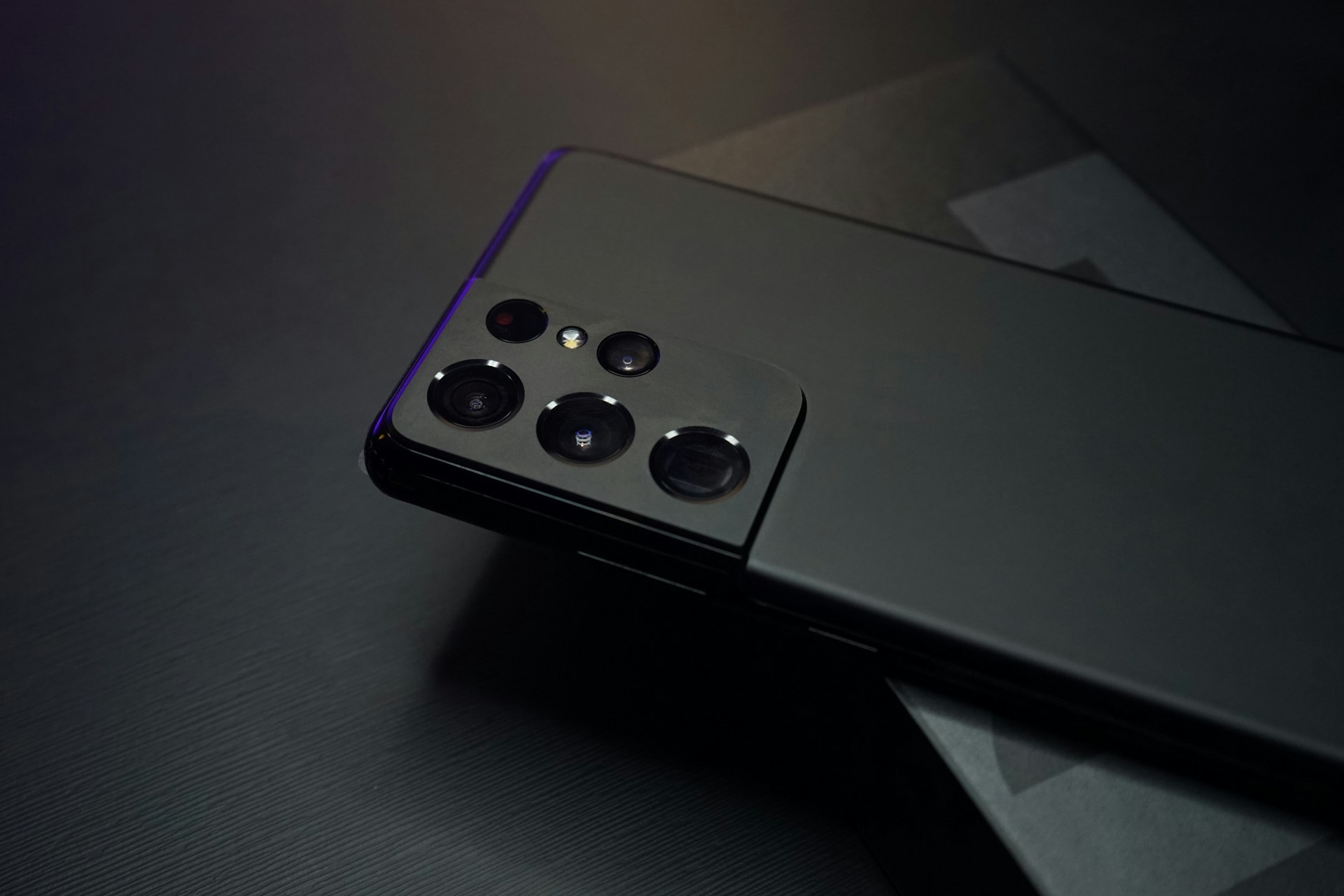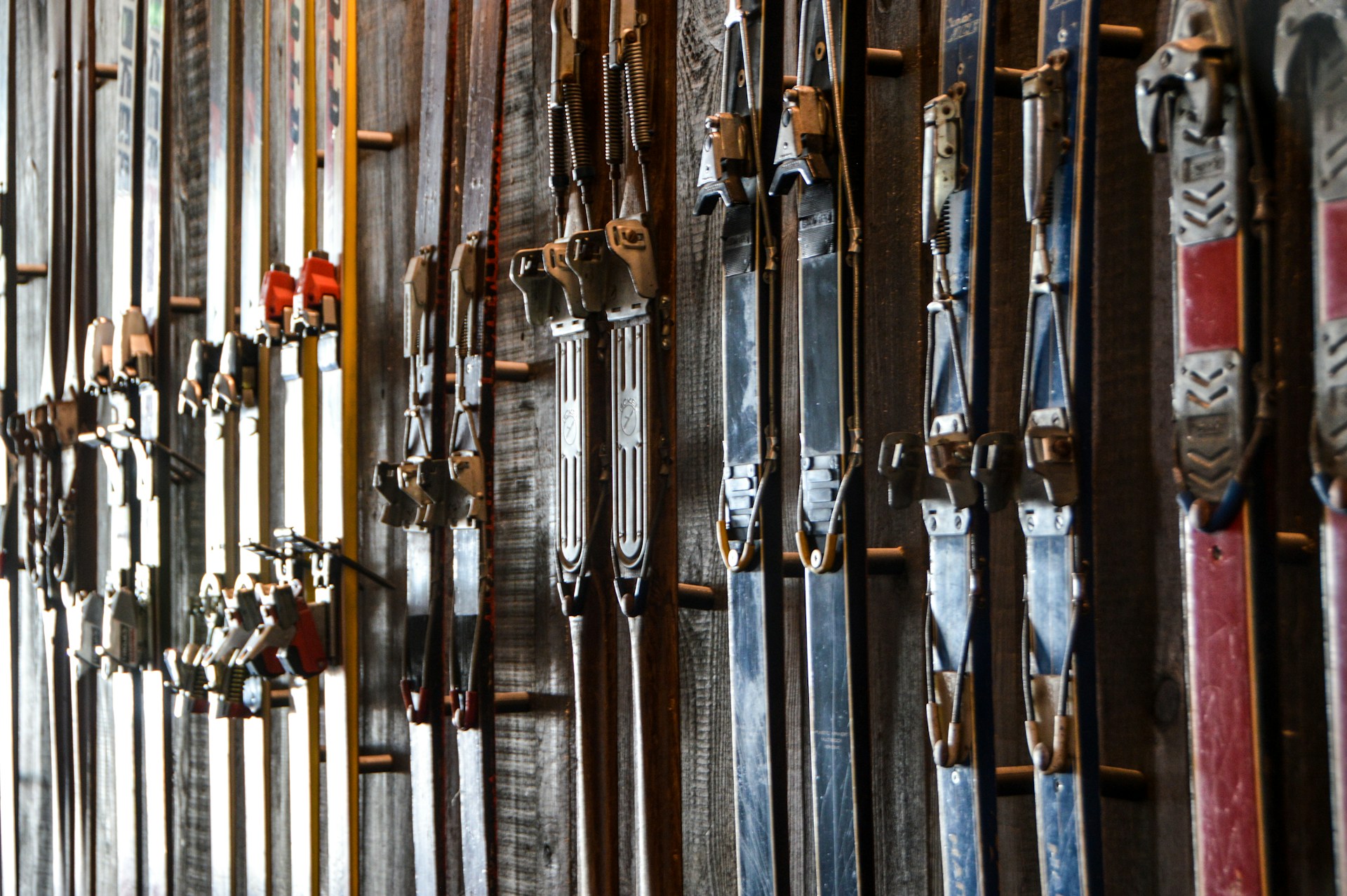Samsung Galaxy S23: How Water-Resistant Is Samsung’s Flagship?
As the competition heats up for the best Android smartphone of 2023, Samsung has already made a strong impression with the launch of its Galaxy S23 series. This premium lineup, which includes the Galaxy S23, Galaxy S23 Plus, and Galaxy S23 Ultra, aims to deliver high-end performance, sleek design, and long-term durability. Given the price tag that comes with these flagship devices, it’s no surprise that buyers are wondering: is the Galaxy S23 waterproof?
Samsung has built a reputation for producing resilient smartphones, and the Galaxy S23 is no exception. While it certainly looks refined and modern, it also comes equipped to handle the elements. But can it actually survive a dip in the water? Here’s what you need to know about the Galaxy S23’s water resistance capabilities.
Is the Galaxy S23 Waterproof?
First, it’s important to clarify a common misconception: most smartphones on the market today are not truly “waterproof.” Instead, they are water-resistant to varying degrees, depending on how well they’re sealed against liquids and particles. The Galaxy S23 lineup falls into this category.
All three models in the S23 family come with an IP68 certification. This rating doesn’t mean the phones are invincible under water, but it does offer a solid level of protection. With an IP68 rating, the Galaxy S23 devices can be submerged in fresh water at a depth of up to 1.5 meters (about 5 feet) for a maximum of 30 minutes without sustaining damage.
In practical terms, this means that accidental splashes, rain, and even short drops into water shouldn’t be a cause for panic. However, there are limits. Saltwater, for example, can still harm your phone, and extended exposure to moisture is never advisable.
What Does IP68 Actually Mean?
The IP rating stands for “Ingress Protection,” and it’s an international standard that measures how well a device is shielded from dust and water. The rating consists of two digits: the first one refers to dust protection, and the second one relates to water resistance.
For the Galaxy S23 series, the 6 in IP68 indicates that the phones are completely dust-tight. That means no dust particles can get inside, even in dry or sandy environments.
The 8 signifies a high level of water resistance. Specifically, it means the device can endure immersion in water beyond 1 meter deep, although the manufacturer has tested and guaranteed safety only up to 1.5 meters for 30 minutes. This rating is one of the highest available on consumer smartphones and reflects the Galaxy S23’s solid build quality.
Real-World Use and Precautions
While IP68 certification offers peace of mind, it’s not a free pass to use your phone under water casually. These ratings are achieved in lab conditions using fresh water, and they don’t account for the effects of pool chlorine, soap, or saltwater — all of which can corrode internal components over time.
In addition, repeated water exposure can degrade the waterproof seals and adhesives that protect the internals, especially if the phone has suffered any physical damage. Samsung also generally excludes water damage from standard warranties, even for IP68-certified models.
If you accidentally drop your Galaxy S23 in a sink or get caught in the rain, you’re probably in the clear. But it’s best to avoid deliberately testing its limits by taking it into the ocean or the shower. It’s also wise to dry the phone thoroughly before charging, as moisture in the ports can still cause electrical issues.
Conclusion
The Galaxy S23, S23 Plus, and S23 Ultra all offer a high level of protection against water and dust thanks to their IP68 rating. This makes them well-equipped to handle everyday mishaps and unpredictable weather. However, while the phones are highly water-resistant, they are not entirely waterproof. Care should still be taken around liquids, especially saltwater or soapy water, to maintain the phone’s longevity.
In the end, Samsung has successfully combined elegant design with robust durability in its latest flagship series — just remember, even the toughest phones have their limits.



